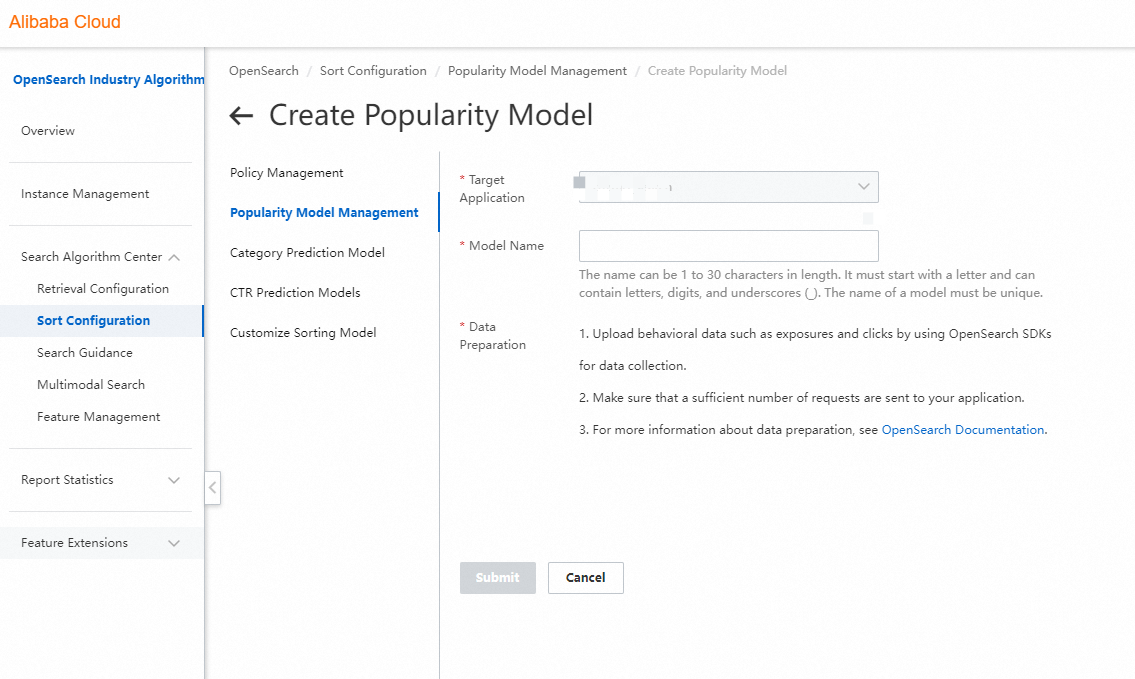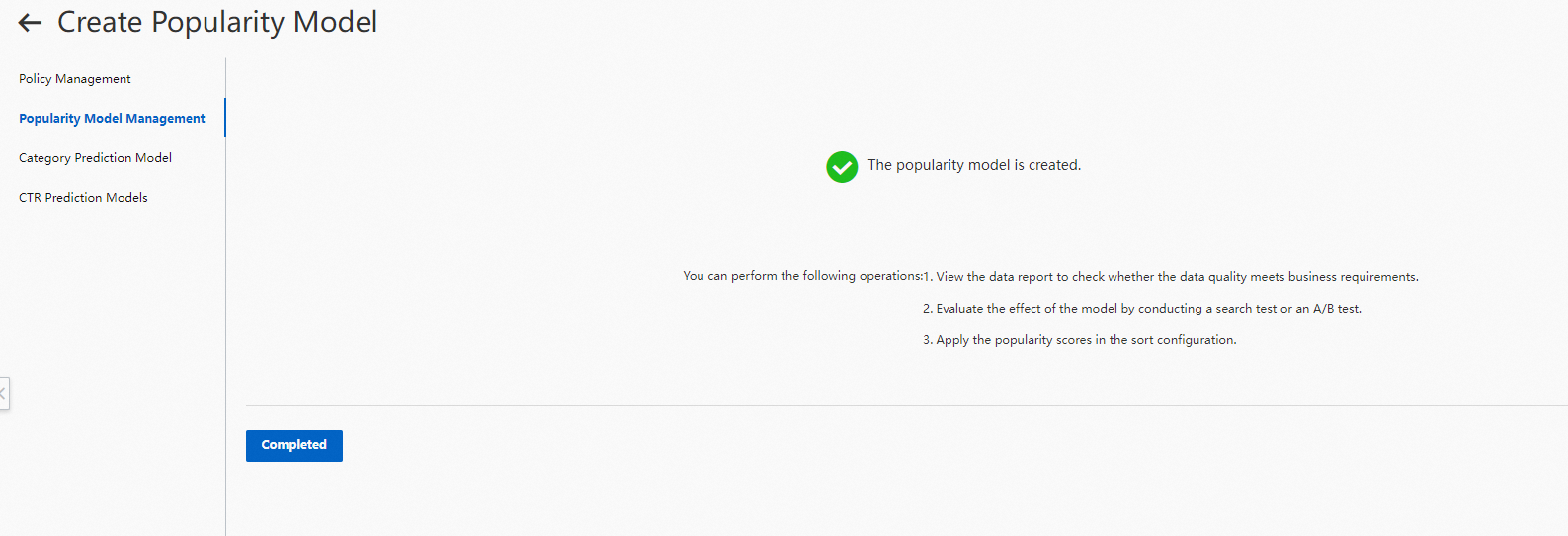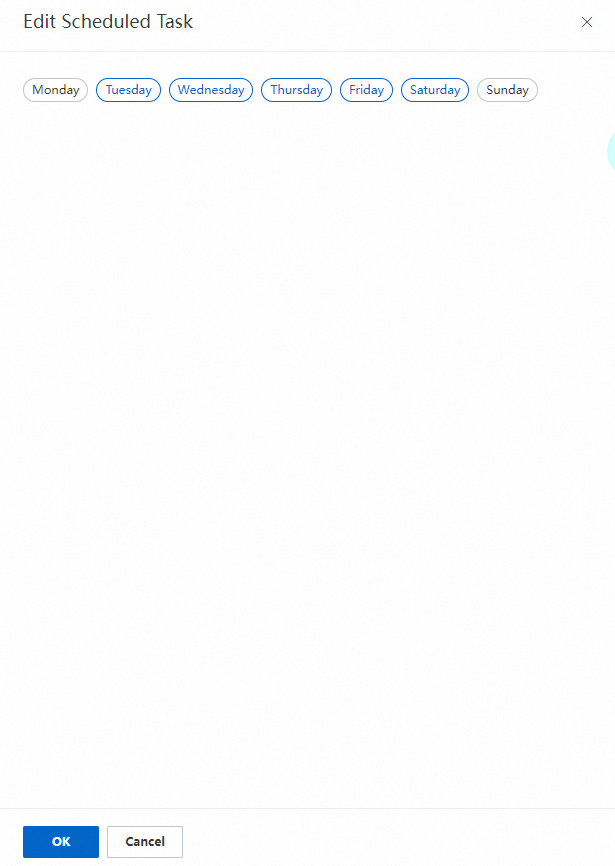What is a popularity model?
Popularity models are based on offline computing. They use sort algorithms and serve as the basis of search services in Taobao. A popularity model calculates and quantizes the static quality and popularity of each commodity into a value, which is called the popularity score. Introduced from search services in Taobao, popularity models also apply to other search scenarios, such as the non-commodity search scenario in which the popularity of indexed documents can be calculated by the models.
Features for model training
Entity dimension: product or document, brand, merchant, leaf categories, and level 1 categories.
Time period dimension: 1 day, 3 days, 7 days, 14 days, 30 days, and time decay weighting.
Behavior dimension: exposure, click, add to favorites, add to cart, purchase, comments, and likes.
Statistics dimension: count, number of customers, frequency, click-through rate, and conversion rate.
You can define a feature by using one to two items in each dimension. A popularity model calculates the value of the feature based on historical data. For example, a feature can be the number of times (statistics) a commodity (entity) is exposed (behavior) within the last day (time period), or the sales (behavior and statistics) of the merchant (entity) to which a product belongs within the last 30 days (time period). The total number of features that can be defined in this way is the cartesian product of the four dimensions.
Procedure
Create a model.
Train the model and check the data report.
Apply the popularity score to a sort policy.
Note: Each application supports a maximum of five popularity models.
Create a popularity model
1. Log on to the OpenSearch console. In the left-side navigation pane, choose Search Algorithm Center > Sort Configuration. On the Sort Configuration page, click Popularity Model Management in the left-side pane. On the Popularity Model Management page, click Create.

On the Create Popularity Model page, enter a model name as required and click Submit.

2. After you click Submit, the following page appears. Return to the Popularity Model Management page.

3. On the Popularity Model Management page, find the created model and click Train in the Actions column. The latest version state of the model changes to Scheduling. Wait until the model is trained.

Details of a popularity model
Popularity Model Management page

Basic Information section
In this section, you can view the basic information about a popularity model, including the creation time and status of the model, the start time of the last training, and the status of the latest version.

Configuration Information section
Scheduled Task: By default, this switch is turned on, which indicates that the model is trained once a day. You can also click Edit Scheduled Task to specify a custom training cycle.


Data Verification section
In this section, you can view the data integrity, which can be Available Data or Abnormal Data.

You can also view the integrity level of the current application. The following table describes the integrity levels.
Integrity level | Description | Condition for integrity level upgrade |
l0 | The data is completely unavailable. Required core fields are missing and the size of data is small. Therefore, subsequent data processing cannot be performed. | Upgraded to l1: The number of item page views (IPVs) exceeds 100 in the last 24 hours. |
l1 | The core fields of the data are available and the model training conditions are met. | N/A |
API and SDK references: Algorithm surrounding